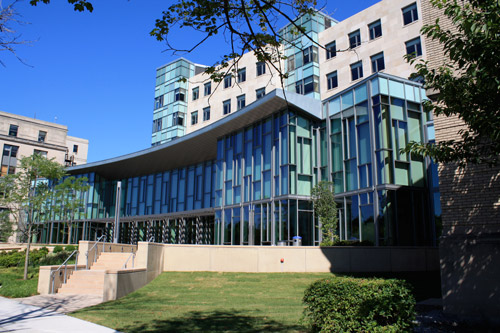MIT for Managers: Can You Afford to Build Green?
The MIT Sloan School found that when you crunch the numbers, you can’t afford not to.
Topics
Leading Sustainable Organizations
This new blog from MIT Sloan Management Review explores ideas from different corners of the MIT community that are relevant to business executives. In this space, we will introduce you to research, people, and events you might not otherwise encounter — things we hope you find useful and perhaps provocative.
How much more does it cost to make a building “green”? Most people assume it’s a lot. Over the past five years, John Sterman, MIT Sloan School of Management’s Jay W. Forrester Professor of Management and the director of the MIT System Dynamics Group, has conducted dozens of surveys using MIT’s LEED-certified Sloan School building as his case in point. Most respondents think the price tag on building sustainably is as much as 20 to 50% more than conventional construction. But based on Sterman’s analysis, the real cost premium can be a small fraction of that.
“It would be great if managers developed sustainable buildings, products, and processes because it’s the right thing to do,” Sterman told his students in a lecture in April, 2016. “But you’re also going to have to make the business case.” And one way to do that, he said, is to expand the boundary of your analysis.
To demonstrate, he used the recent experience of MIT Sloan. When the school first began exploring the idea of constructing a new “headquarters” in 1998 to bring its far-flung faculty offices, classrooms, and common spaces into one location, making the facility sustainable was not part of the mandate. At the time, oil was less than $20 per barrel, and few organizations were interested or experienced in building green. But Sterman, who was tapped to co-chair the building project along with Professor Paul Asquith and Cindy Hill, director of capital projects, was determined to make the building as energy efficient as possible. To support this objective, the committee hired a green design consultant and used an “Integrated Design Process” to design the building as an integrated system, in contrast to processes where, for example, decisions about siting, building exterior, HVAC, interior design, etc. are made largely separately.
It paid off. Like many organizations, “MIT is a data-driven place,” Sterman says. “You have to make the argument with data before people will act.�


Comment (1)
Chungha Cha